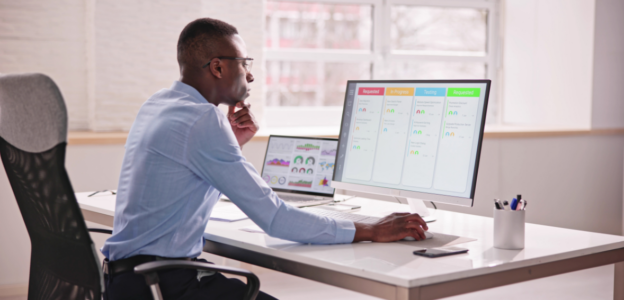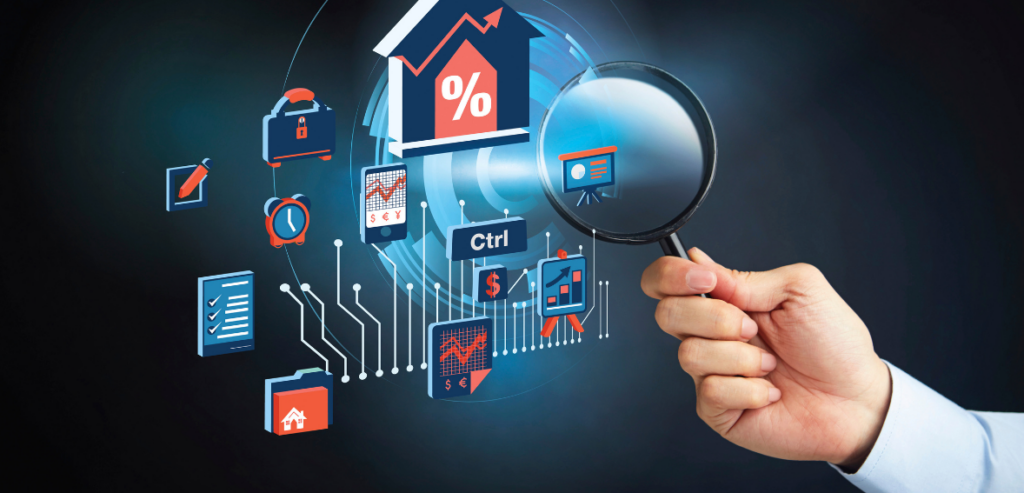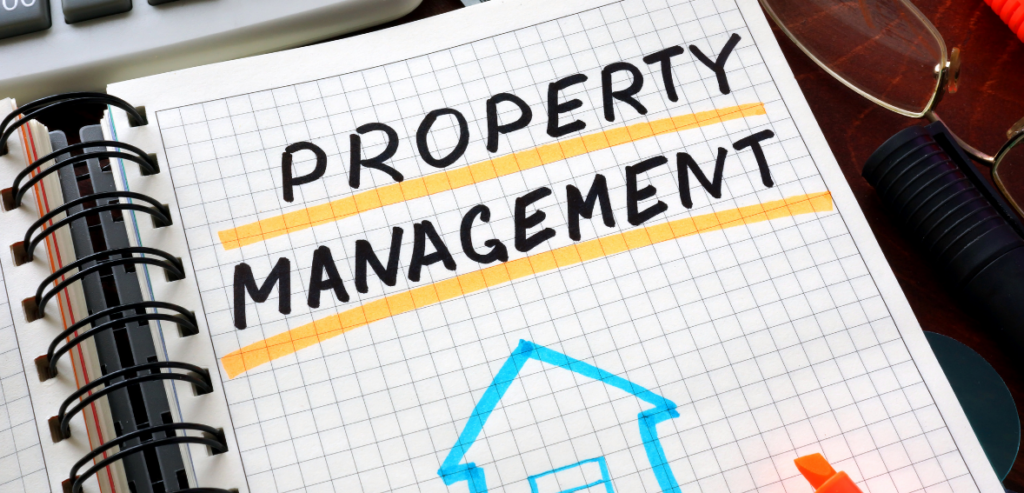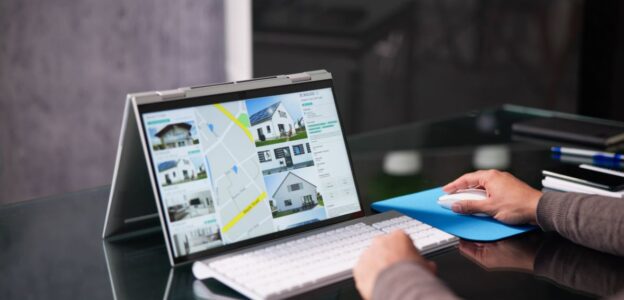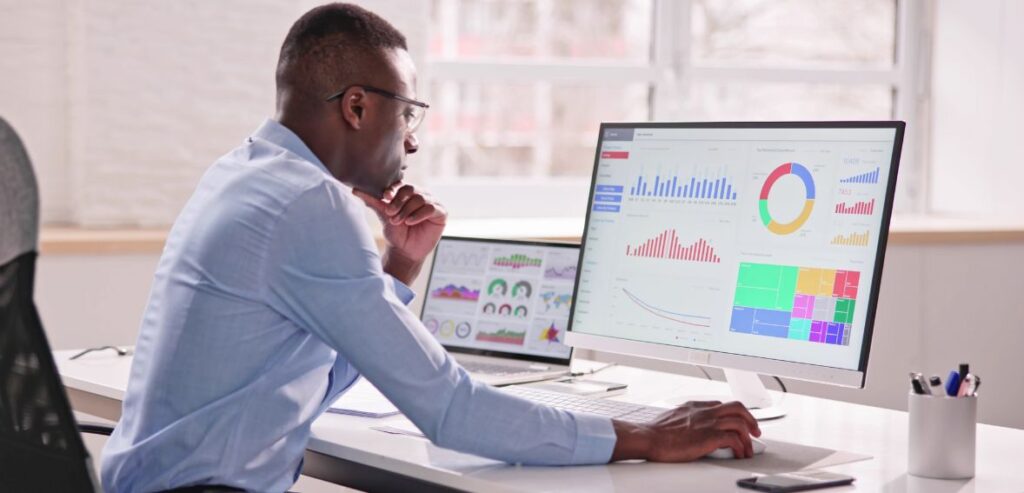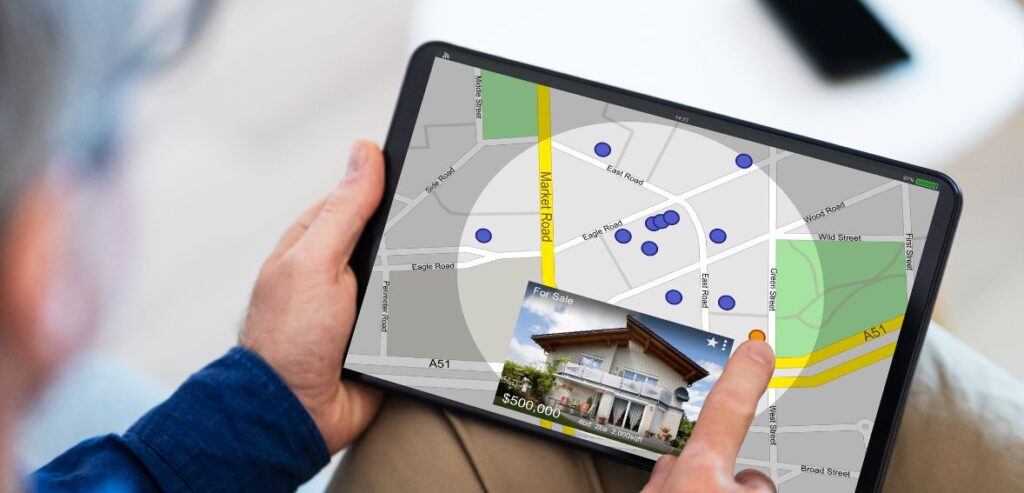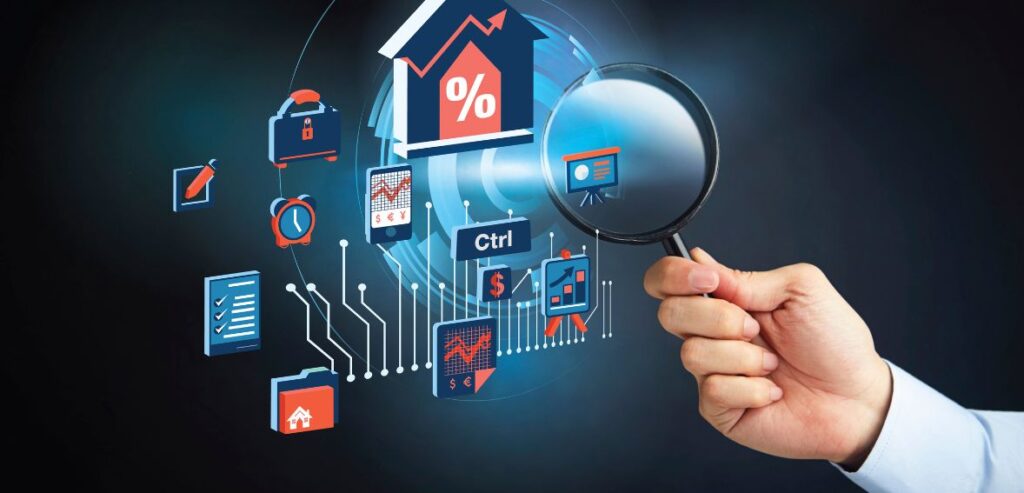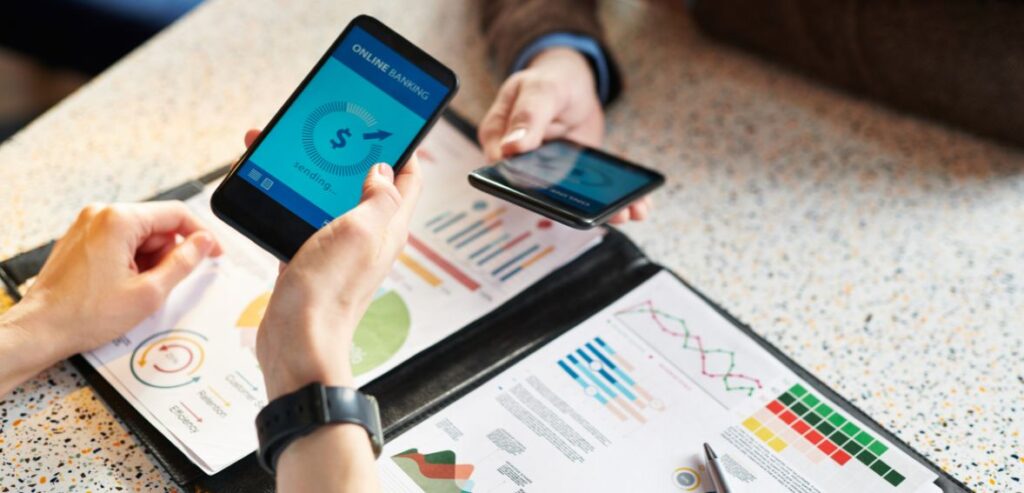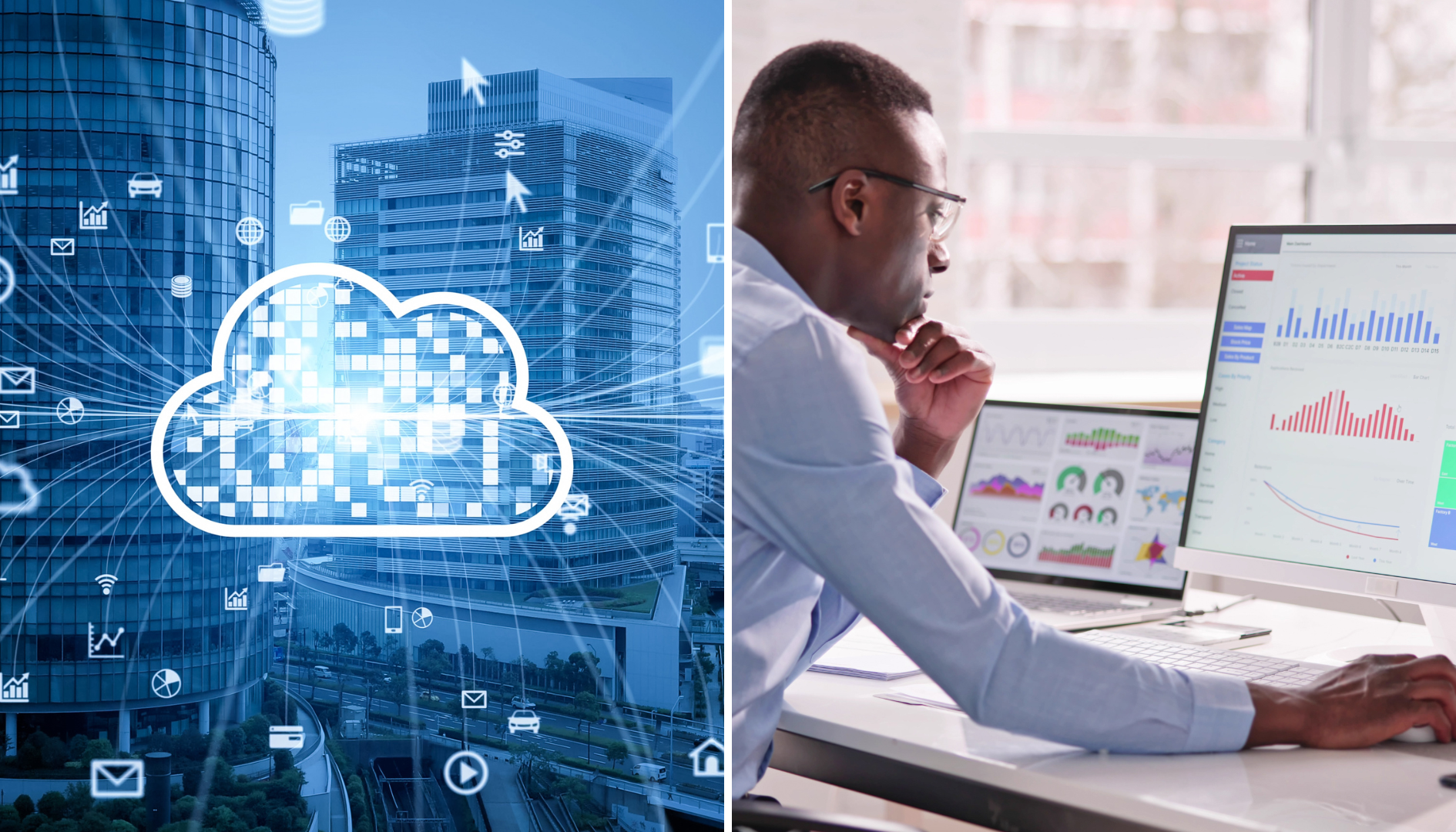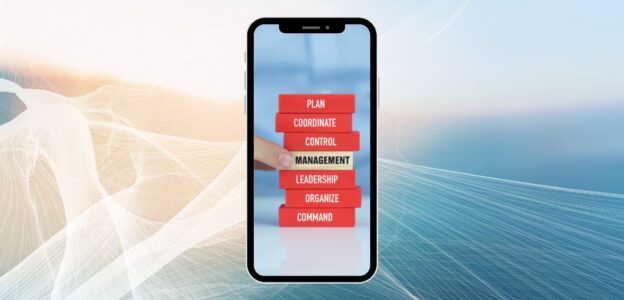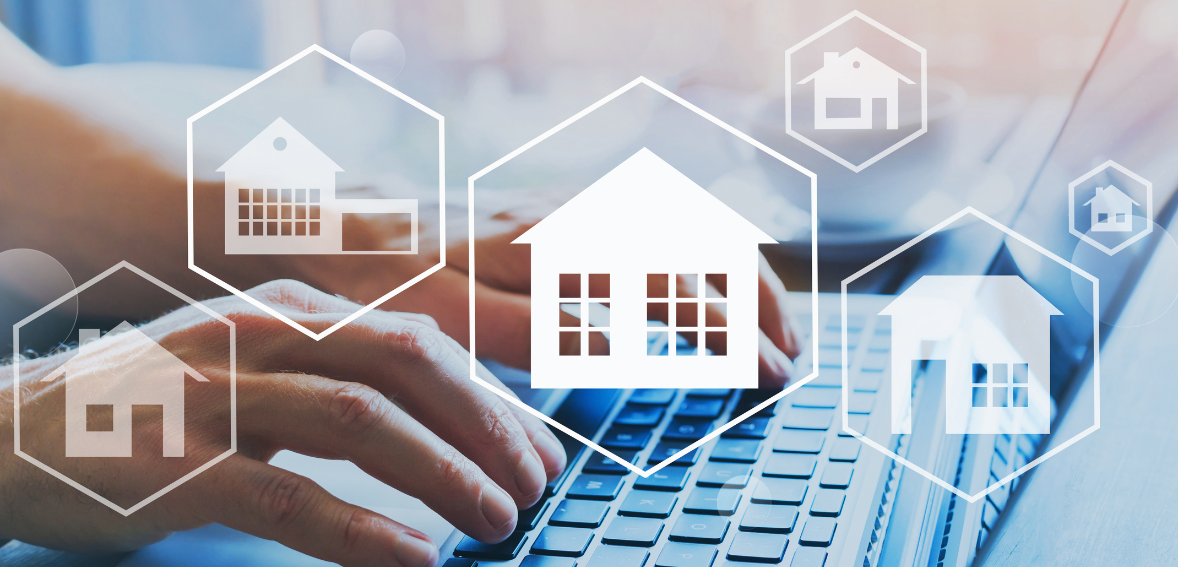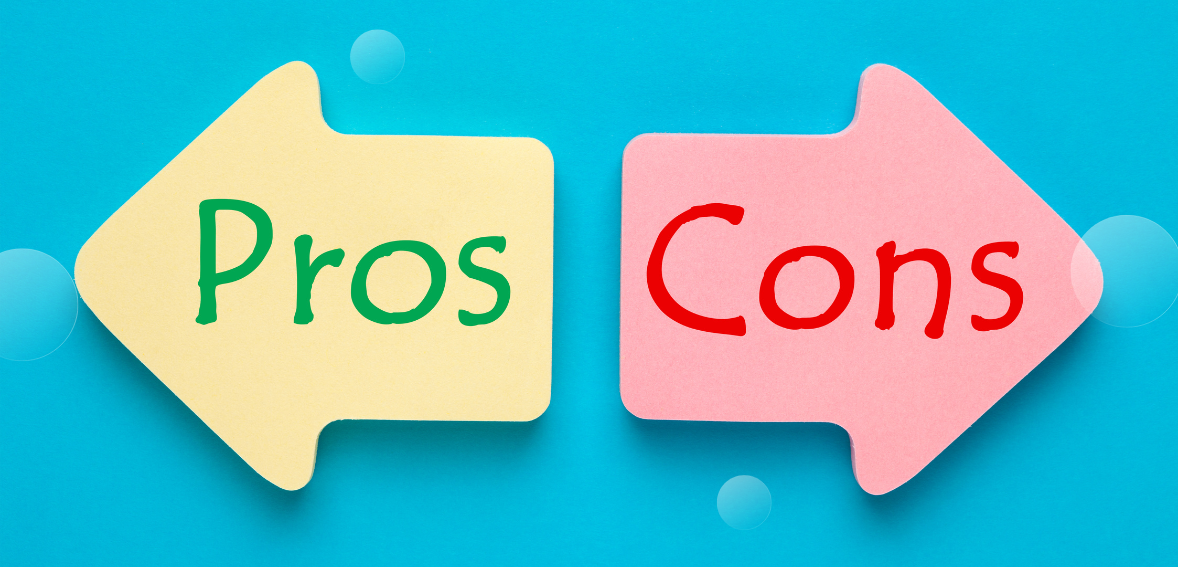Selecting the right commercial property management software is crucial for efficiently handling the complex demands of commercial properties. This decision influences every aspect of operations, from lease management to financial reporting. This guide provides a concise yet comprehensive overview to help property managers choose a software solution that not only meets but also enhances their operational needs, ensuring improved efficiency, accuracy, and tenant satisfaction. Whether managing retail spaces, office buildings, or multifamily housing, this guide equips managers with the insights needed to make an informed choice.
Understanding Your Needs
Before delving into the myriad of available software options, it is crucial to outline what your business requires first. Commercial property management comes with unique challenges and needs, from handling net leases on multi-tenant properties to budgeting for and calculating standard area maintenance (CAM) installments. Each task requires specific functionalities that not all property management software can provide.
Mapping Out Workflows for Optimal Software Integration
Understanding your workflow is a critical initial step in selecting the right property management software. It is vital to comprehensively map out how information travels and is processed within your organization. This mapping should detail every step, from initial data collection to the final output, ensuring a holistic view of operational interdependencies.
Consider a typical scenario such as lease negotiation. In this process, the lease negotiator possesses in-depth knowledge and plays a central role in drafting and finalizing terms. Simultaneously, the leasing agent might be the first point of contact, gathering initial tenant details and requirements which are crucial for the negotiation phase. Following this, both the property manager and the accountant interact with this information for different purposes—property management for maintenance and tenant relations and accounting for billing and financial tracking.
The software you select must not only accommodate but also enhance these interactions. It should offer features that facilitate seamless information flow and easy access to data for all parties involved. This integration should not demand extensive modifications to existing processes but rather should adapt intuitively to your established operations, promoting efficiency and reducing the likelihood of errors. The goal is to ensure that the software serves as a complement to your workflow, enhancing functionality without disrupting the established system.
Choosing Software Features Wisely
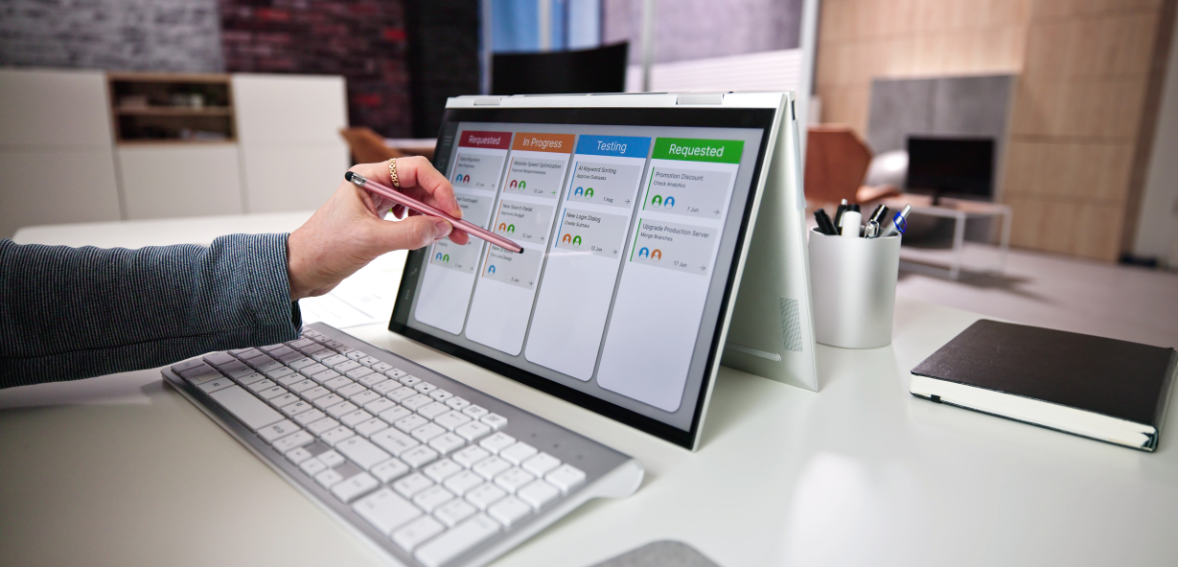
When selecting commercial property management software, it is crucial to understand the specific features that align with your operational needs. This awareness ensures you invest in a system that enhances efficiency and optimizes resource management. Below, we delve deeper into three key aspects when choosing commercial property management software.
1. Transactional vs Relational Processes
First, discern whether your focus is on transactional or relational processes. Transactional processes are primarily about one-time or repetitive tasks, such as processing payments or generating invoices. In contrast, relational processes involve ongoing interactions and management, such as maintaining landlord-tenant relationships or handling lease renewals. A robust
Property Management Software Commercial system should cater to your specific needs—whether you require a platform that efficiently manages daily transactions or fosters and maintains relationships through enhanced communication tools and tenant management functionalities.
2. Integration with Other Systems
Another vital feature is the software’s ability to integrate seamlessly with other systems. A Property Management Software Commercial solutions should not stand isolated but rather work with other tools integral to your business operations, such as accounting software or payment processors. Integration capabilities prevent data silos, improve accuracy through automated data sharing, and streamline operations by eliminating the need to switch between different platforms.
For instance, integrating your property management software with accounting systems ensures financial data flows smoothly between systems, reducing manual data entry errors and enhancing financial reporting accuracy.
3. Cloud-based vs Desktop Solutions
Finally, the decision between cloud-based and desktop-based Property Management Software Commercial solutions is significant. Cloud-based software offers several advantages, particularly in terms of accessibility and flexibility. With a cloud solution, you and your team can access the software from anywhere, anytime, using any device with internet connectivity. This is especially beneficial for businesses that operate across multiple locations or have remote teams. Cloud solutions also offer easier scalability and lower upfront costs since they typically operate on a subscription basis and do not require investments in hardware.
In contrast, desktop solutions might be preferred by businesses that require extremely high levels of data security or those that operate in regions with unreliable internet access. However, for most commercial operations, the benefits of cloud-based
Property Management Software Commercial systems—such as automatic updates, reduced IT maintenance, and enhanced collaboration—outweigh those of traditional desktop applications.
By carefully evaluating these aspects—transactional versus relational focus, integration capabilities, and the choice between cloud-based or desktop solutions—you can select a Property Management Software Commercial system that meets your current needs and scales with your business growth. This strategic approach ensures that your investment in property management software pays dividends in operational efficiency and tenant satisfaction.
Evaluating Software Options
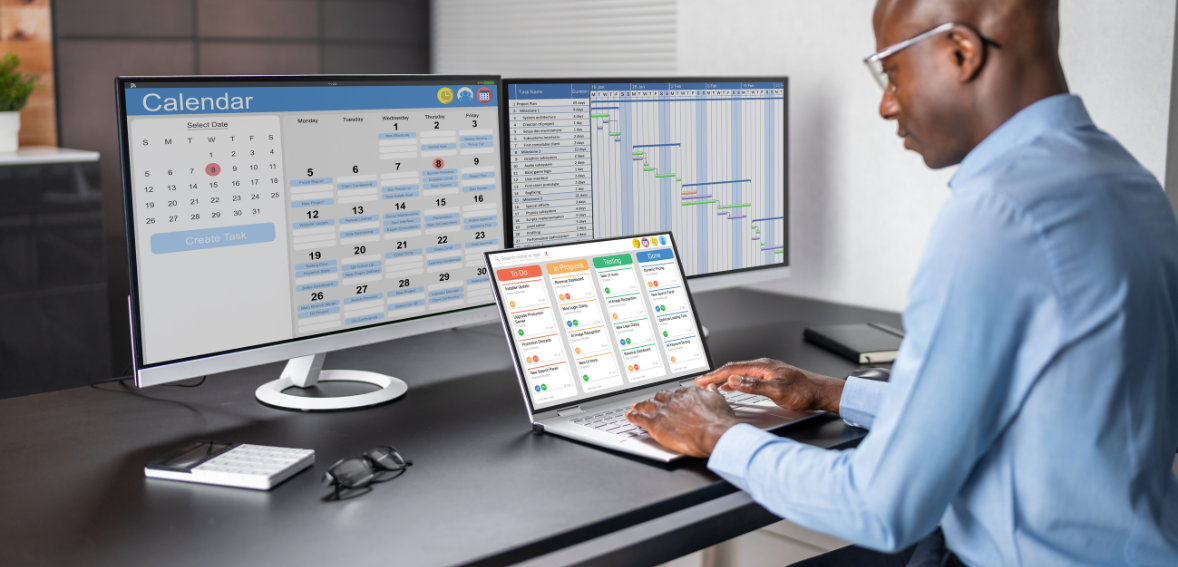
When embarking on the journey to select the perfect software for commercial property management, it is crucial to employ a structured evaluation framework that thoroughly examines each potential system. Here’s an expanded breakdown of the key criteria to consider when assessing commercial property management software:
1. Comprehensive Feature Set
The cornerstone of any property management software is its feature set. A robust software should cater comprehensively to all critical aspects of commercial property management. This includes but is not limited to:
Lease Management:
Software should facilitate the management of lease terms, renewals, and documentation, ensuring that all contractual obligations are met and easily accessible.
CAM (Common Area Maintenance) Budgeting:
Effective handling of CAM charges, from budgeting to reconciliation, is essential. The software should allow for transparent calculation and allocation of these expenses among tenants.
Expense Tracking:
A detailed tracking system for all property-related expenses ensures financial oversight and helps in budgeting and forecasting.
The functionality must not only be comprehensive but also specific to your type of property management—whether it’s retail, office spaces, or multifamily housing. Each sector has unique needs, and the software should be tailored accordingly.
2. Usability
Usability is another pivotal aspect. The user interface (UI) should be clear, intuitive, and facilitate ease of use. A steep learning curve can be a significant hindrance:
User Interface Design:
Look for a layout that is clean and organized, where common tasks are easily accomplished without excessive navigation.
User Experience (UX):
The overall user experience should be smooth. Frequent tasks should be streamlined, and the software should generally enhance operational efficiency rather than complicate it.
3. Scalability
Scalability is essential in a growing business environment. The chosen software should be able to handle an increase in workload without performance degradation:
Handling Increased Transactions:
As your portfolio grows, the system should manage more transactions, properties, and users without a hitch.
Upgrade Path:
There should be clear options for scaling up as your business needs evolve, whether through add-ons or upgraded plans.
4. Security
Security is non-negotiable, given the sensitive nature of property management data:
Data Protection:
The software must offer robust security protocols to protect sensitive information such as tenant details, lease agreements, and financial transactions.
Compliance:
Ensure that the software complies with relevant industry standards and regulations to avoid legal repercussions.
5. Cost-effectiveness
Finally, the cost-effectiveness of the software must be assessed. This goes beyond the initial purchase price:
Total Cost of Ownership:
Consider all costs associated with the software, including setup, customization, training, and ongoing maintenance.
Return on Investment (ROI):
Evaluate whether the software’s features and efficiencies will provide a return that justifies the investment. Analyze how the software can potentially increase revenue or decrease costs.
Implementing Your Choice
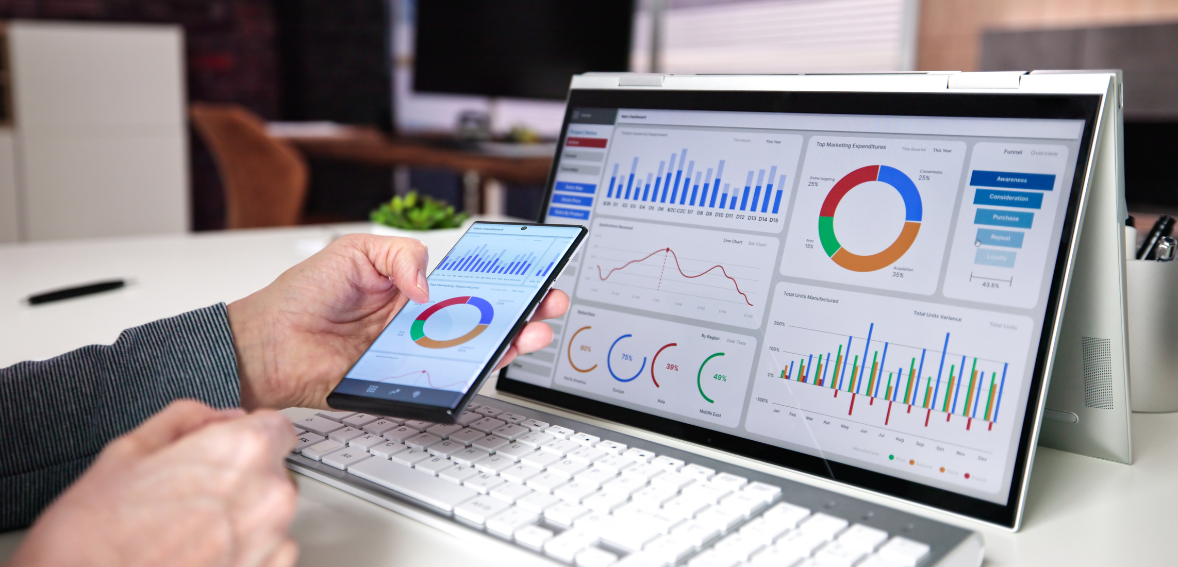
After you have chosen the appropriate property management software for your business needs, the next critical phase is implementation. This stage is pivotal because it involves configuring and adapting the system to align with your specific operational workflows, as well as preparing your staff to effectively utilize the new tool. To facilitate a seamless transition and integration, follow these detailed steps:
1. Data Migration
Data migration is a key initial step in the implementation process. This involves transferring all your existing data from the old system to the new software. Here’s how to manage this effectively:
Pre-Migration Planning:
Assess the data formats, volumes, and quality in your current system. Identify which data is necessary and relevant to migrate, which can be archived, and what needs cleansing.
Data Cleaning:
Before migration, clean the data to remove any inaccuracies or duplicates. This step ensures that you are moving only high-quality data into your new system, reducing complications in the future.
Data Mapping:
Determine how data from the old system will fit into the new system. This often involves mapping fields from one database to another and may require custom fields or alterations in the new system.
Pilot Testing:
Conduct a pilot migration with a small set of data. This will help identify potential issues without compromising all your data.
Execution:
Execute the full migration, often with the help of tools provided by the software vendor or third-party tools specialized for this purpose. Monitor the migration closely to handle any issues as they arise.
2. Training and Support
Training your team is essential to ensure they can use the new software effectively. Poor training can lead to reduced productivity and errors that could impact your operations.
Initial Training:
Schedule comprehensive training sessions that cover all key features of the software. These sessions should be interactive, allowing staff to ask questions and engage with the system under supervision.
Customized User Guides:
Create tailored training materials that address the specific ways your business will use the software. Include workflows, common scenarios, and troubleshooting tips.
Ongoing Support:
Ensure that the software vendor offers robust support. This can include help desks, user forums, and regular updates. Check if they provide direct support during the initial days post-implementation.
Refresher Courses:
As staff become more accustomed to the system, additional training sessions might be necessary to introduce advanced features or reinforce initial learning.
3. Testing and Adjustment
Before fully integrating the new software into your daily operations, a thorough testing phase is critical.
Functional Testing:
Check all features to ensure they perform as expected. This includes testing custom configurations and integrations with other systems.
User Acceptance Testing (UAT):
This allows end-users to validate the functionality and usability of the system in real-world scenarios. Gather feedback to understand if the software meets their needs and expectations.
Feedback Loop:
Establish a clear process for capturing feedback from users and prioritize necessary adjustments. This may involve tweaking settings, altering workflows, or even requesting specific changes from the software provider.
Stress Testing:
Test the system under high-load conditions to ensure it can handle your operational demands during peak times.
4. Go-Live
Once testing is complete and adjustments are made, plan for the go-live phase. This should include:
Final Checks:
Perform a final review to ensure all data is accurate and the system is fully functional.
Go-Live Support:
Arrange for immediate technical support during the initial days post-launch to quickly resolve any issues that arise.
Post-Implementation Review:
After the system has been operational for a period, conduct a post-implementation review to evaluate its impact on business operations and identify areas for further improvement.
Conclusion
Choosing the right commercial property management software is a significant decision that can streamline operations, enhance tenant satisfaction, and improve financial accuracy and efficiency for property managers. By thoroughly assessing your operational needs, considering essential features such as integration capabilities, and determining the right technological fit—cloud-based or desktop—you can make an informed decision that aligns with your business objectives.
Implementing the selected software with careful planning, robust training, and ongoing support ensures a successful transition and maximizes your investment. Ultimately, the right software supports current operational needs and grows with your business, proving indispensable in the competitive field of property management.
Frequently Asked Questions
Look for software that offers comprehensive lease management, financial tracking, and reporting capabilities. Essential features should include CAM budgeting and reconciliation, detailed expense tracking, tenant management, and support for various lease types. Integration with other systems, like accounting software and payment processors, is also crucial to streamline operations and avoid data silos.
Choose cloud-based software if you value accessibility, flexibility, and ease of scalability. It’s ideal for businesses with multiple locations or remote teams. Opt for desktop-based software if your business demands extremely high data security or operates in areas with unreliable internet access. Consider your specific business needs and potential growth when making this decision.
Assess the software’s ability to integrate seamlessly with your existing tools. Effective integration eliminates the need for multiple platforms, reducing manual data entry and the risk of errors. Ensure the software can integrate with your accounting systems, CRM tools, and other operational software to enhance overall efficiency and data accuracy.
Start with a thorough data migration strategy, including data cleaning and mapping. Provide comprehensive training for your team to ensure they are comfortable using the new system. Extensive testing, including User Acceptance Testing (UAT), is conducted to confirm that the software meets all operational needs. Plan a structured go-live phase with robust support to address any immediate issues and consider post-implementation reviews to refine processes and make necessary adjustments.
